- January 3, 2025
- Posted by: Mark S
- Categories: Day Trading, Trading Article
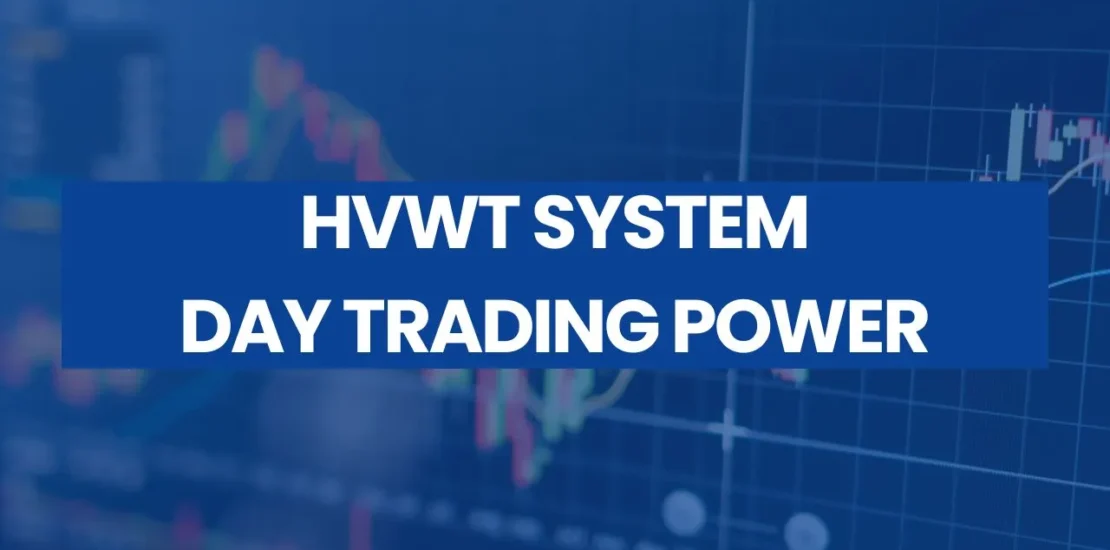
Day trading can be an exhilarating yet challenging endeavor. The High Velocity Wave Trader system offers a structured approach to navigating the fast-paced world of day trading.
Let’s explore the foundational concepts of this system, strategies for executing trades, and the nuances of risk management that are essential for success. Whether you’re a seasoned trader or just starting, understanding these principles can significantly enhance your trading experience.
Understanding the Basics of the High Velocity Wave Trader
Before diving into trades, it’s important to grasp the fundamental mechanics of the High Velocity Wave Trader system. This system revolves around a specific sequence called the “three trader intent confirmed bar sequence.”
This sequence is essential for confirming entry points for trades.
- Trader Intent Indicator: The first step involves ensuring that the trader intent indicator matches the bar color. This color match signifies that the market is moving in a particular direction.
- Sequence Confirmation: You need three confirmations of the sequence. The third bar in this sequence serves as your setup for entering a trade, typically in the direction of a short.
- Two Position Approach: Once you have your setup, you will use a two-position approach for trading. This means you’ll have a fixed position for your initial target and a second position designed to capture more significant market moves.
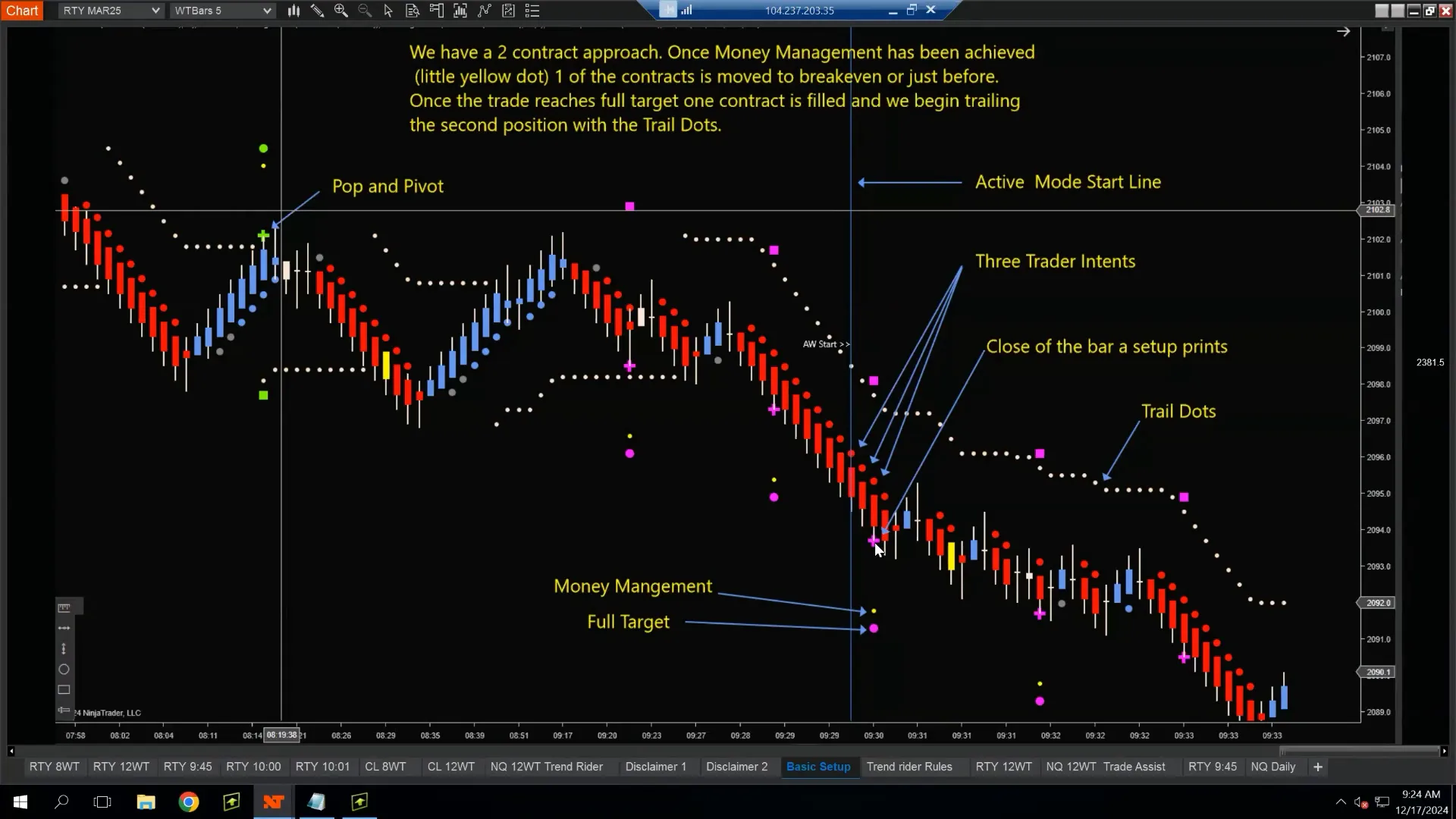
Executing Trades: The Active and Trend Modes
Once the market opens, typically at 9:30 AM, traders enter the active mode, where they can make quick decisions based on the sequences identified earlier. In this mode, you can take up to two trade setups within a five-minute window.
After this window, traders transition to trend mode.
The active mode is where immediate opportunities present themselves. For example, if the market shows a rejection off a specific pivot area, it might signal a short trade.
Conversely, if the market pops to the upside without a clear count, you should be prepared for a potential long trade.
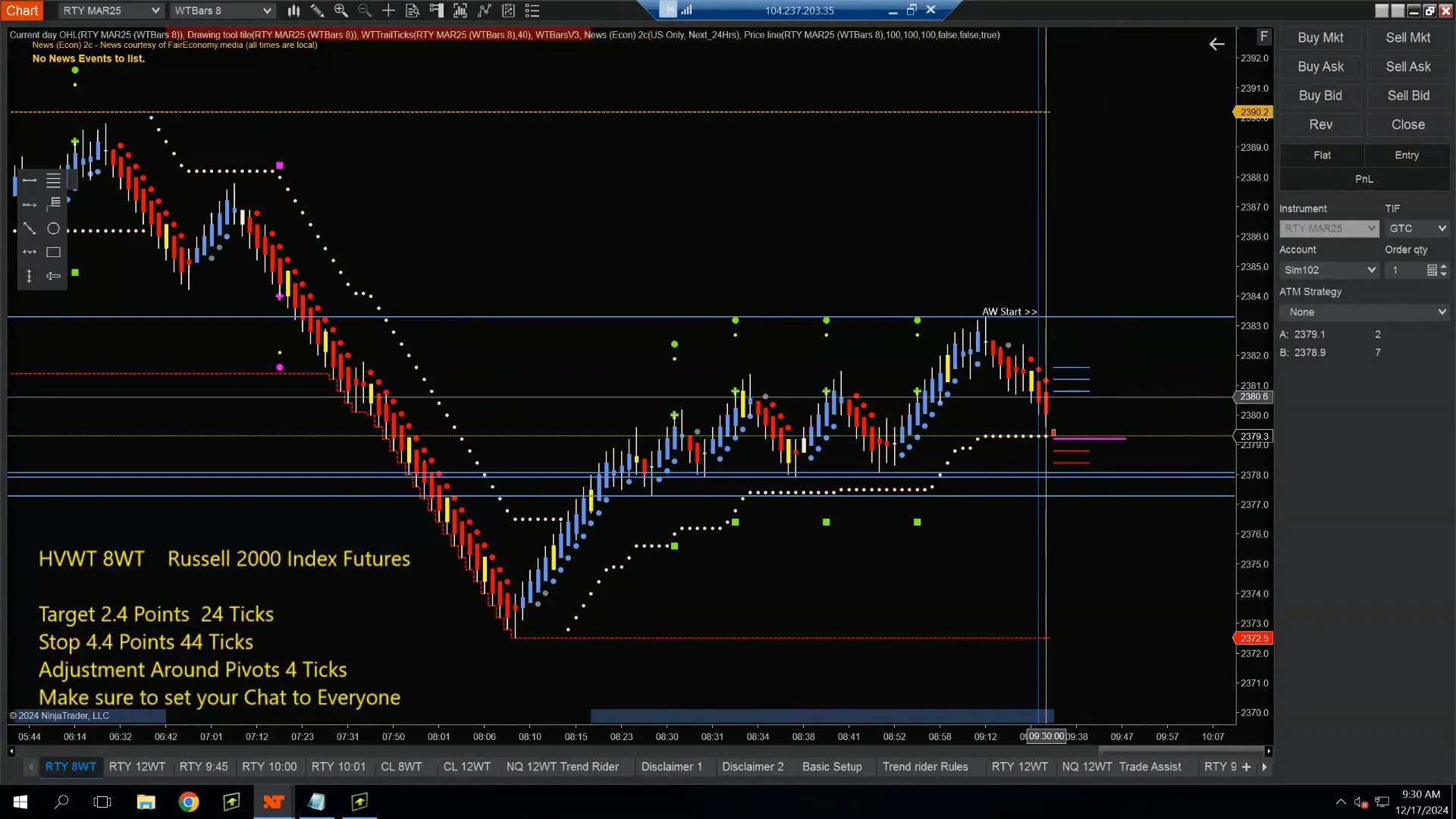
Understanding the Trade Profile
For practical application, let’s consider the Russell 2000 index futures as a primary trading instrument. The trade profile for this index includes specific metrics and strategies that traders should be familiar with:
- Fixed Position Target: The blue dot on the chart represents your fixed target. This is where you aim to exit your initial position for a profit.
- Money Management: The yellow dot indicates where you should start managing your trade. Typically, this occurs at around 80% of your target, allowing you to adjust your stop-loss to minimize risk.
- Big Wave Position: This position aims to capture larger market movements after hitting the full system target. It is crucial to remain alert to the market’s behavior to maximize this opportunity.
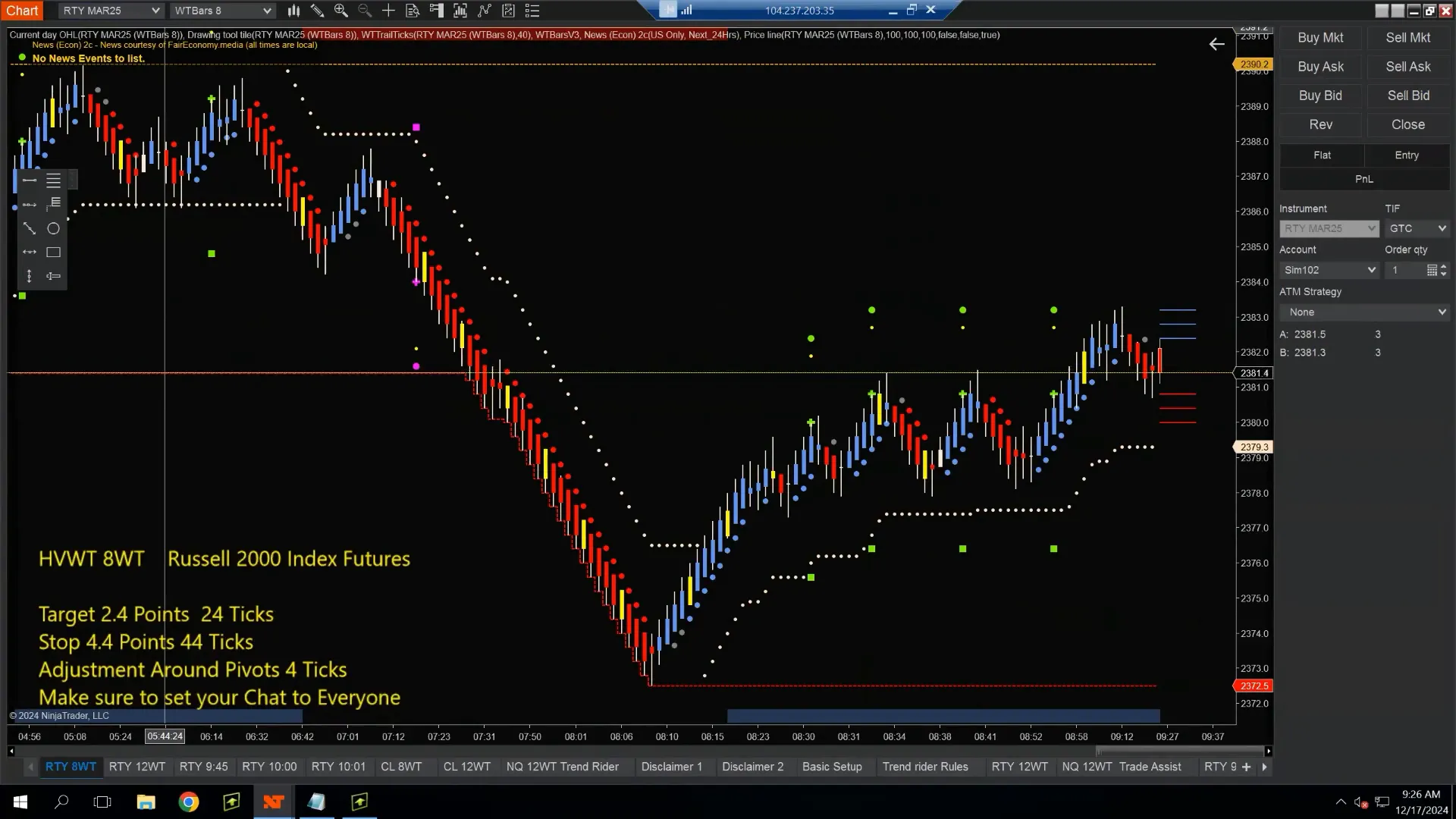
Trade Execution Examples
Let’s walk through a couple of example trades to illustrate how this system operates in real-time.
Example Trade 1: Short Setup
As the market opened, traders observed a sequence indicating a short setup:
- The system identified a count to the downside with confirmations, prompting traders to initiate a short position.
- As the market rejected off a pivot area, traders adjusted their positions, managing risk by moving their stop-loss to a more favorable point.
- This trade resulted in a small profit, demonstrating the system’s effectiveness even in less volatile scenarios.
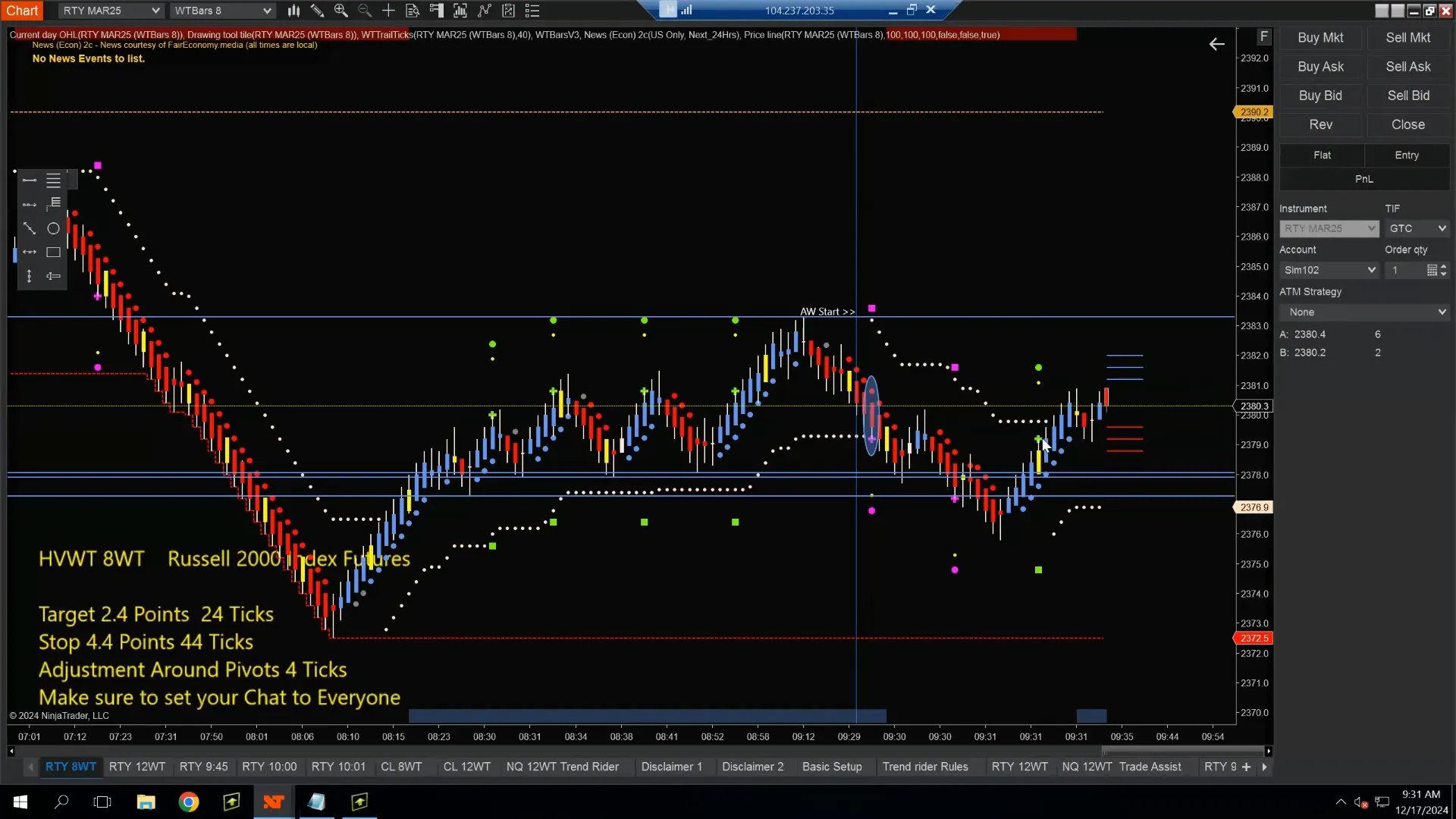
Example Trade 2: Long Setup
In another instance, a long setup emerged:
- After the initial short trade, the market showed signs of reversal, confirmed by trail dots.
- Traders entered a long position, setting their fixed target based on the market’s pivot points.
- This trade capitalized on the market’s upward momentum, showcasing the flexibility of the system.
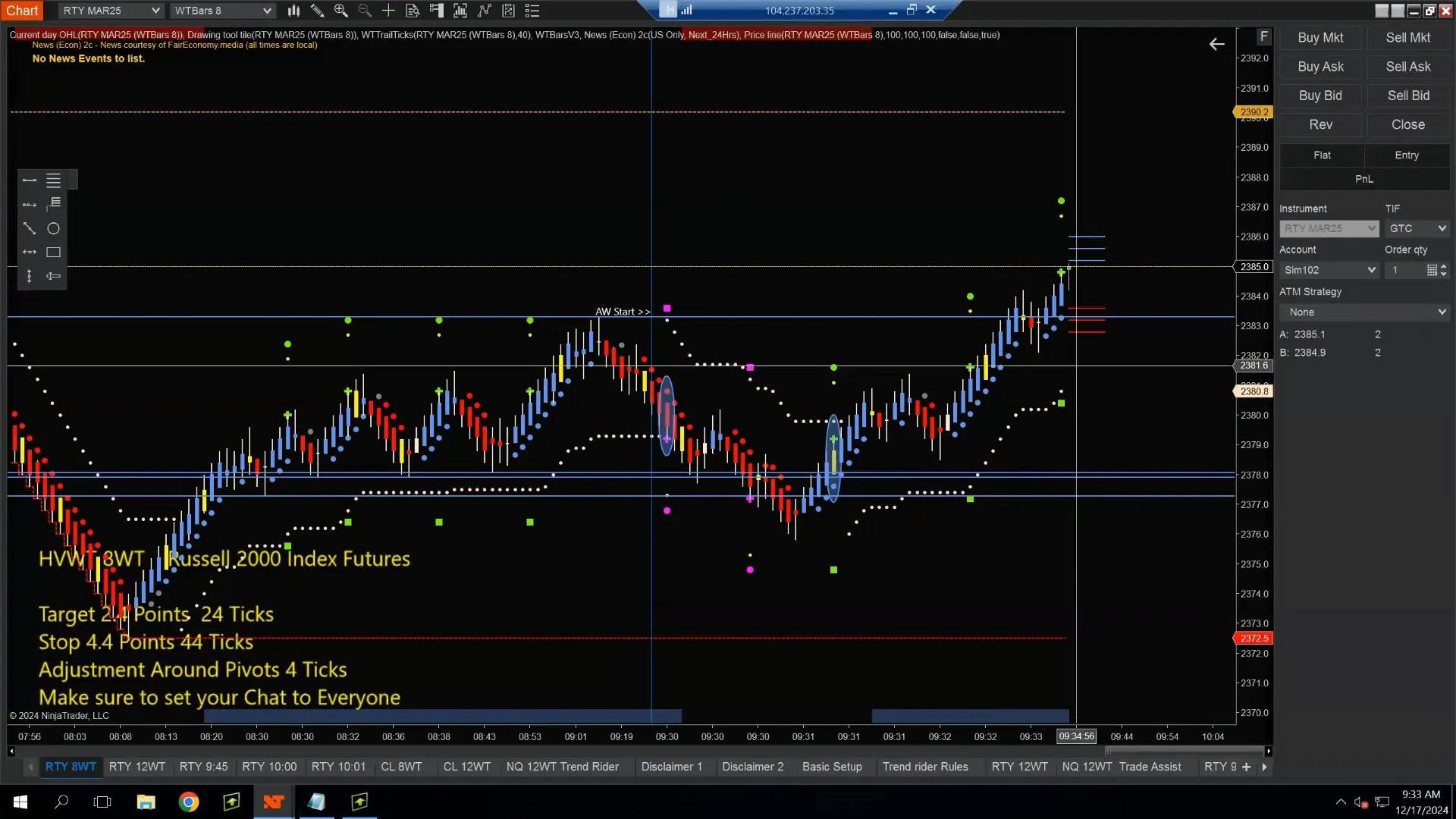
Risk Management Strategies
Risk management is paramount in day trading. The High Velocity Wave Trader system emphasizes the following strategies:
- Adjusting Stop-Losses: As trades progress, it’s essential to move your stop-loss to lock in profits or minimize losses. This adjustment should occur once you reach your money management threshold.
- Tracking Performance: Regularly track your trades to understand which setups yield the best results. This information will help refine your strategies over time.
- Emotional Discipline: Maintain emotional control during trading. Avoid making impulsive decisions based on market fluctuations. Stick to your plan.
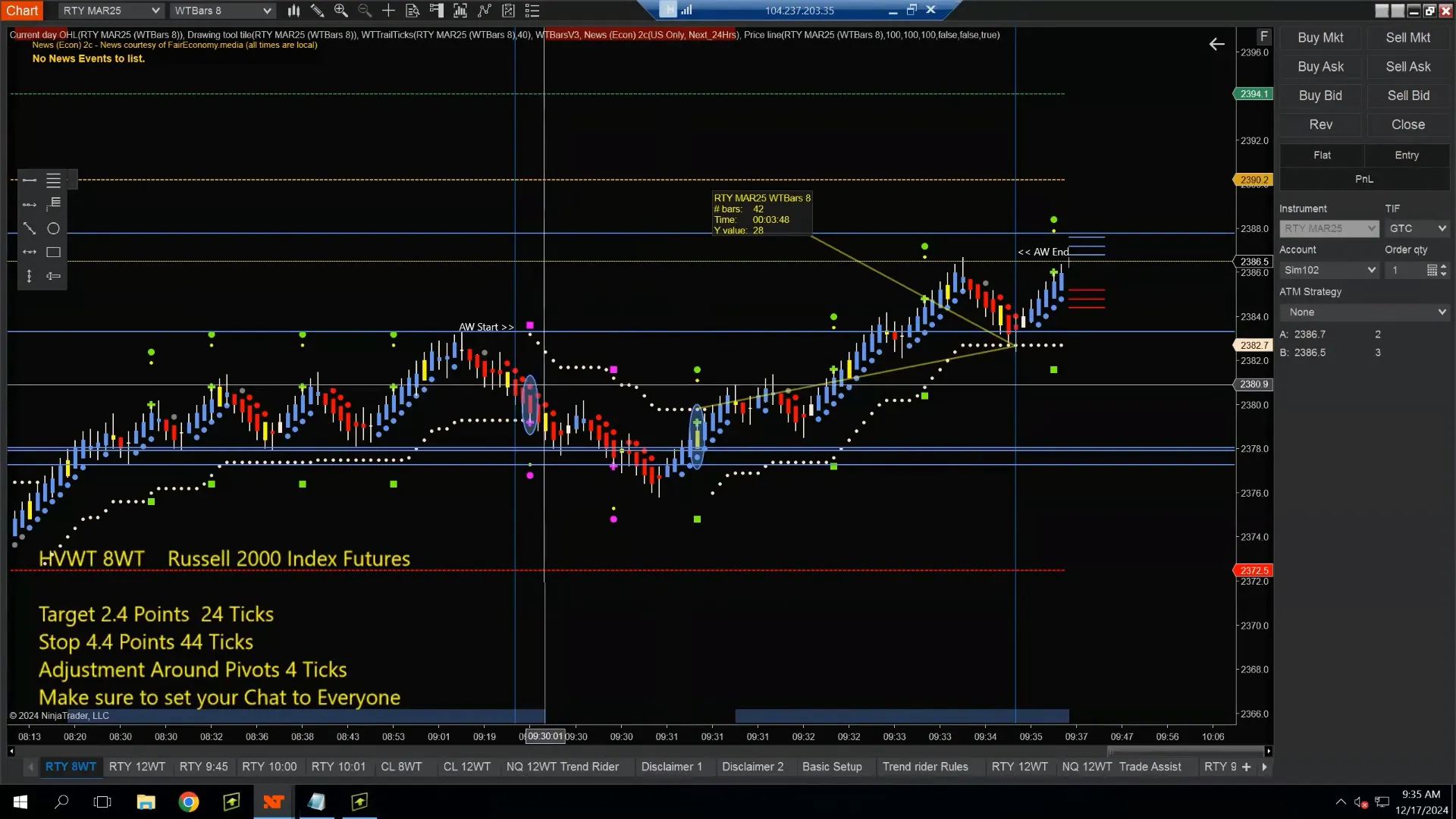
Conclusion: Embracing the Day Trading System
Mastering the High Velocity Wave Trader system takes time, practice, and a commitment to continuous learning. By understanding the fundamental principles, executing trades with precision, and implementing effective risk management strategies, traders can position themselves for success in the dynamic world of day trading.
Remember, always start with demo trading to build confidence before committing real capital.
FAQs
What is the High Velocity Wave Trader system?
The High Velocity Wave Trader system is a structured approach to day trading that focuses on identifying specific trade setups using a sequence of confirmed bar indicators.
How many trades can I execute in the active mode?
In the active mode, you can execute up to two trade setups within a five-minute window after the market opens. We can use our “TrendRider” approach and trade any time of the trading session. No matter where you are in the world, or what your schedule looks like, you can day trade these markets.
What is the significance of the money management dot?
The yellow money management dot indicates the point at which you should start managing your trade, typically around 80% of your target, to minimize risk.
How can I improve my day trading skills?
Improving day trading skills involves continuous education, practicing with demo accounts, and analyzing your trades to refine strategies over time.
Where can I learn more about day trading systems?
Jump on the VIP list for our day trading system:

